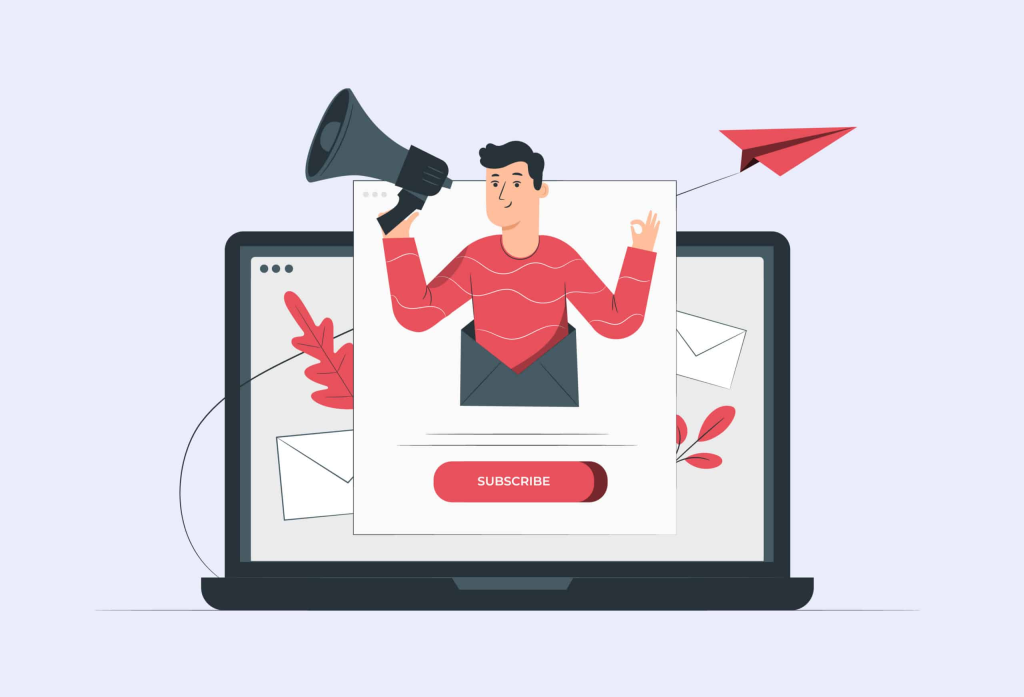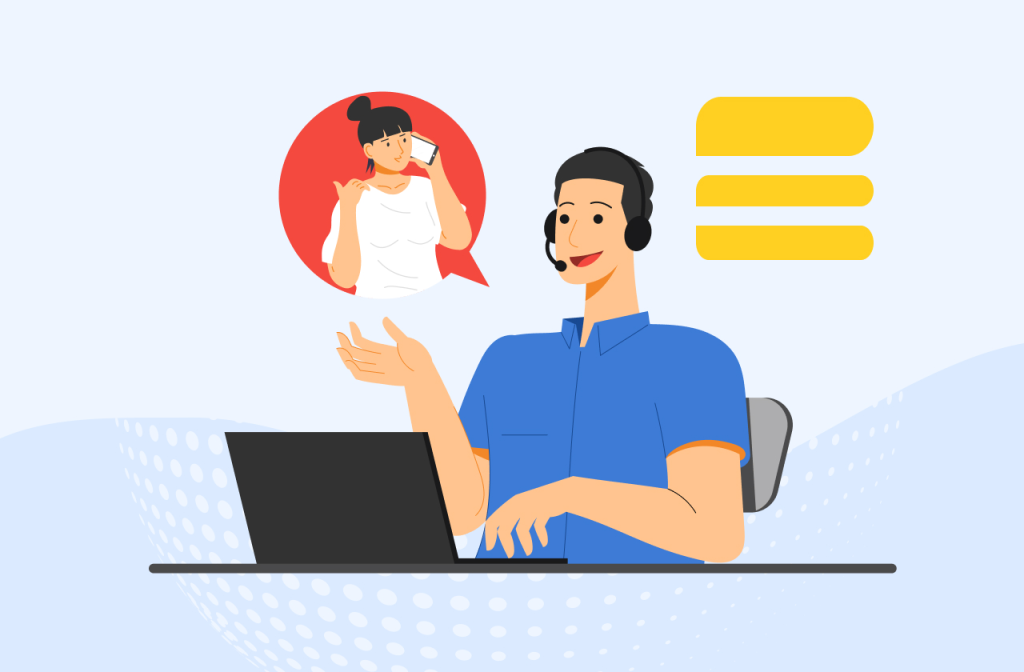In the highly competitive e – commerce landscape, abandoned carts are a significant hurdle. However, mastering abandoned cart recovery can be a powerful strategy for effective customer retention. This article will guide you through key steps to turn those abandoned carts into retained customers.

I. The Significance of Abandoned Cart Recovery for Retention
A. The Lost Opportunity
- Revenue Impact
- Each abandoned cart represents potential revenue left on the table. When a customer adds items to their cart but doesn’t complete the purchase, it’s a clear indication of interest. For example, if an average cart value is $50 and you have 100 abandoned carts a day, that’s $5000 in potential sales lost daily.
- Customer Intent
- Abandoned carts also show that the customer was initially interested in your products. By understanding why they left, you can address their concerns and turn that initial interest into a long – term relationship. A customer who was looking for a specific brand of running shoes but abandoned the cart might be retained if you can solve their sizing or shipping cost issues.
B. What is retention?
- Positive First Impression Recovery
- Successfully recovering an abandoned cart can salvage a potentially negative first impression. If a customer has a smooth experience getting back to their cart and completing the purchase, they’re more likely to think positively about your brand. This positive interaction can be the start of a long – term customer – brand relationship.
- Building Trust
- By reaching out to customers who abandoned their carts, you show that you care about their experience. Offering solutions like discounts or better shipping options can build trust. Once trust is established, customers are more likely to return for future purchases.
II. Strategies for Effective Abandoned Cart Recovery
A. Personalized Communication
- Email Reminders
- Personalized Subject Lines: Start with a subject line that grabs the customer’s attention and is personalized. For example, “Hey [Customer’s Name], Your Dream Product Awaits in Your Cart!”. This makes the email stand out in their crowded inbox.
- Tailored Content: In the email body, mention the specific products left in the cart. “We noticed you left the [Product Name] and [Another Product Name] in your cart. These items were carefully selected by you, and we think you’ll love them when you bring them home.”
- Dynamic Messaging
- Use data about the customer’s browsing history to make the message more relevant. If they’ve been looking at related products, mention those. “Along with the running shoes in your cart, we’ve noticed you were also interested in our running socks. They’re on sale now, and the perfect match for your new shoes.”

B. Incentives and Offers
- Discounts
- Offer a discount code in the abandoned cart recovery message. “Use code SAVE10 for 10% off your cart. This is a special offer just for you to make up for any inconvenience you might have faced.”
- Free Shipping
- Many customers abandon carts due to high shipping costs. “We’re offering free shipping on your order. Just complete the purchase, and your items will be on their way without any extra shipping charges.”
- Loyalty Program Incentives
- If you have a loyalty program, mention how completing the purchase can benefit the customer. “By completing this purchase, you’ll earn 50 bonus loyalty points, which can be redeemed for your next order.”
C. Simplifying the Checkout Process
- Reducing Steps
- Analyze your checkout process and eliminate any unnecessary steps. If customers have to create an account before they can complete the purchase, consider offering a guest checkout option. This reduces friction and makes it easier for customers to finalize their order.
- Clear Instructions
- Provide clear instructions at each step of the checkout. Use progress bars to show customers how far they are in the process. For example, “Step 1 of 3: Enter your shipping address” helps customers understand what’s expected of them.
III. Analyzing and Optimizing Abandoned Cart Recovery
A. Tracking Key Metrics
- Open Rates
- Monitor the open rates of your abandoned cart recovery emails. A low open rate might mean your subject lines need improvement. If only 10% of your emails are being opened, you could test different subject lines to see what works better.
- Conversion Rates
- Measure the conversion rate of your abandoned cart recovery efforts. This is the percentage of customers who, after receiving a recovery message, complete the purchase. If your conversion rate is 5%, you might need to adjust your incentives or messaging.
B. Continuous Improvement
- A/B Testing
- Conduct A/B tests on different elements of your recovery strategy. Test different subject lines, offers, or checkout page layouts. For example, send half of your customers an email with a 10% discount and the other half an email with free shipping to see which offer gets a higher conversion rate.
- Customer Feedback Incorporation
- Gather feedback from customers who completed their purchase after an abandoned cart recovery. Ask them what influenced their decision. If multiple customers mention that the shipping cost was a major factor, you can focus on improving your shipping options.

By implementing these strategies, analyzing the results, and continuously optimizing, you can effectively win competitive retention through abandoned cart recovery, giving your e – commerce business an edge in the market.




